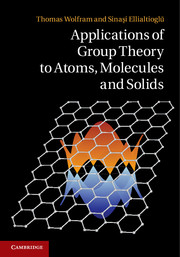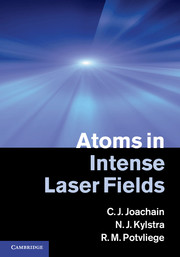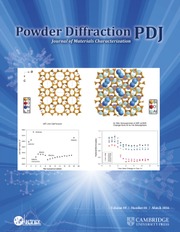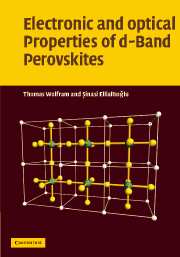Applications of Group Theory to Atoms, Molecules, and Solids
The majority of all knowledge concerning atoms, molecules, and solids has been derived from applications of group theory. Taking a unique, applications-oriented approach, this book gives readers the tools needed to analyze any atomic, molecular, or crystalline solid system. Using a clearly defined, eight-step program, this book helps readers to understand the power of group theory, what information can be obtained from it, and how to obtain it. The book takes in modern topics, such as graphene, carbon nanotubes and isotopic frequencies of molecules, as well as more traditional subjects: the vibrational and electronic states of molecules and solids, crystal field and ligand field theory, transition metal complexes, space groups, time reversal symmetry, and magnetic groups. With over 100 end-of-chapter exercises, this book is invaluable for graduate students and researchers in physics, chemistry, electrical engineering and materials science.
- The applications-oriented approach allows readers to quickly discover how to use group theory to analyze physical systems
- Readers are led through the process of applying group theory, rather than studying the theory of groups, with formal proofs presented in later chapters and in appendices
- Takes in topics not found in older group theory books, such as applications to graphene, nanotubes, and isotopic frequencies of molecules
Product details
January 2014Hardback
9781107028524
481 pages
254 × 177 × 30 mm
1kg
110 b/w illus. 135 exercises
Available
Table of Contents
- Preface
- 1. Introductory example: squarene
- 2. Molecular vibrations of isotopically substituted AB2 molecules
- 3. Spherical symmetry and the full rotation group
- 4. Crystal field theory
- 5. Electron spin and angular momentum
- 6. Molecular electronic structure: the LCAO model
- 7. Electronic states of diatomic molecules
- 8. Transition metal complexes
- 9. Space groups and crystalline solids
- 10. Application of space group theory: energy bands for the perovskite structure
- 11. Applications of space group theory: lattice vibrations
- 12. Time reversal and magnetic groups
- 13. Graphene
- 14. Carbon nanotubes
- Appendixes
- Index.








